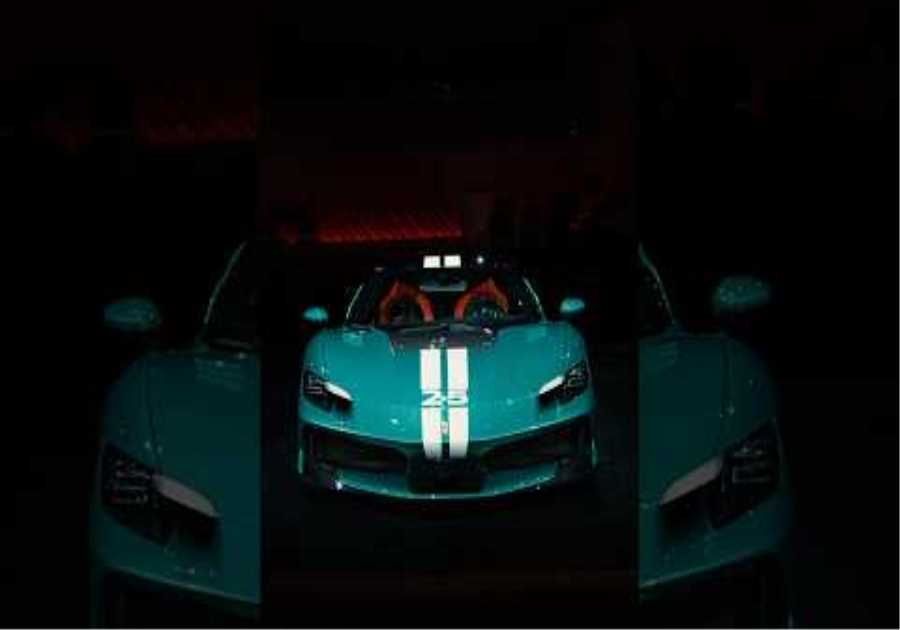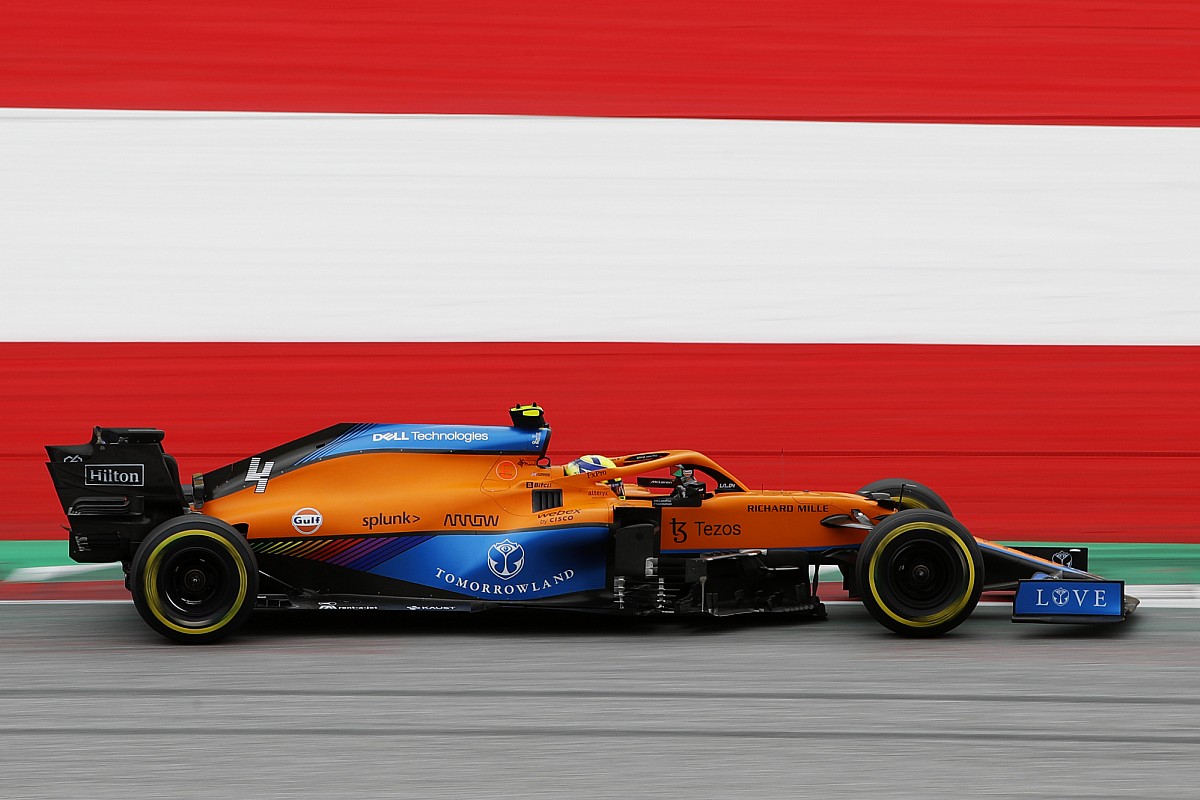
Throughout its history, McLaren has continuously innovated in search of perfection. Whether innovative design or the use of the most modern materials, the F1 team, supported by the know-how from its automotive department, strives for the highest engineering quality in order to be successful on the racetrack.
On the way to the top, McLaren has partnered with iconic brands that complement the same constant hunger for progress and an ongoing pursuit of excellence. No less than the collaboration with Richard Mille, which since 2016 has led to the development of timepieces that are inspired by the passion for automotive and Formula 1.
Photo by: Richard Mille
The design principles that founder Bruce McLaren incorporated into his company are the same values that lifelong motorsport enthusiast Richard Mille shares. His passion for progress and attention to detail was motivated by his experience of seeing McLaren in his own car at the 1966 Monaco Grand Prix. These beliefs are reflected in the technical masterpieces created in the chronograph series developed by Richard Mille.
It was inevitable that Bruce’s long-term vision from those early days in the 1960s behind the wheel of his McLaren M2B would lead the team to numerous Formula One World Championship wins, including over 180 Grand Prix wins and eight Constructors’ championships.
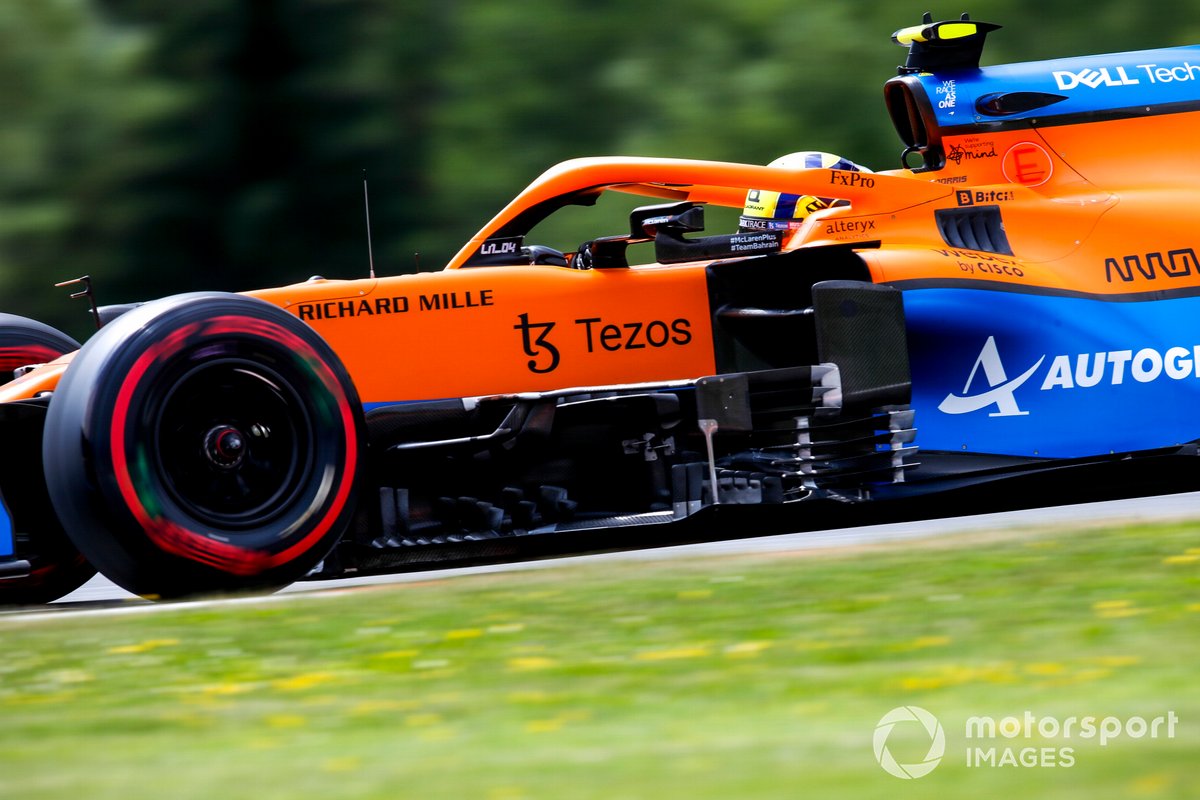
Lando Norris, McLaren MCL35M
Photo by: Zak Mauger / Motorsport Images
Over the decades, many of the world’s greatest racing drivers have driven a McLaren to victory on the racetrack, including legends such as Emerson Fittipaldi, Alain Prost, Lewis Hamilton and Ayrton Senna. And the Brazilian hero will be forever associated with the company when McLaren Automotive celebrated his talent with the unveiling of the 211 mph McLaren Senna.
The exquisite RM 11-03 Automatic Flyback Chronograph was presented at the same time as the Senna super sports car at the 2018 Geneva Motor Show. Both products not only reflect speed, but are made with similar, extreme materials and subtle design elements. Pressure pads reinvent the headlights of the super sports car; a winding crown reflects a McLaren racing bike, while the bracelet features the classic Speedmark logo.
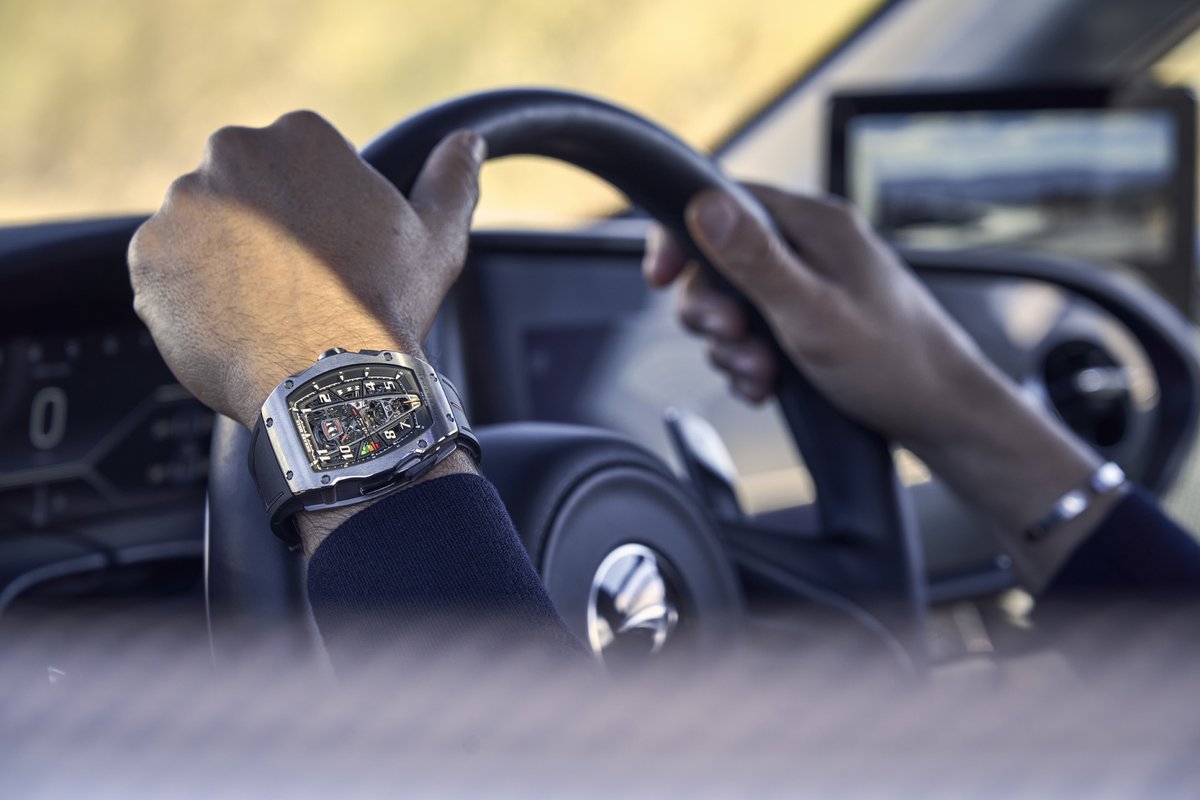
Photo by: Richard Mille
Back on the track, McLaren became the first team to pioneer space age materials for their F1 cars. In 1981 they made the revolutionary change from an aluminum to a carbon fiber monocoque, which was both stronger and, above all, lighter. Within a few years, every Formula 1 team had made the switch.
Richard Mille also aims to develop new, lightweight materials. The RM 50-03 Tourbillion Split Seconds McLaren F1 weighs less than 40 grams – including the bracelet – making it the lightest mechanical chronograph of all time. The groundbreaking achievement was reflected in McLaren’s use of cutting edge materials in Formula 1. The watch design includes titanium and carbon TPT® and a revolutionary nanomaterial in the world of watchmaking: Graph TPT®, also known as graphene.
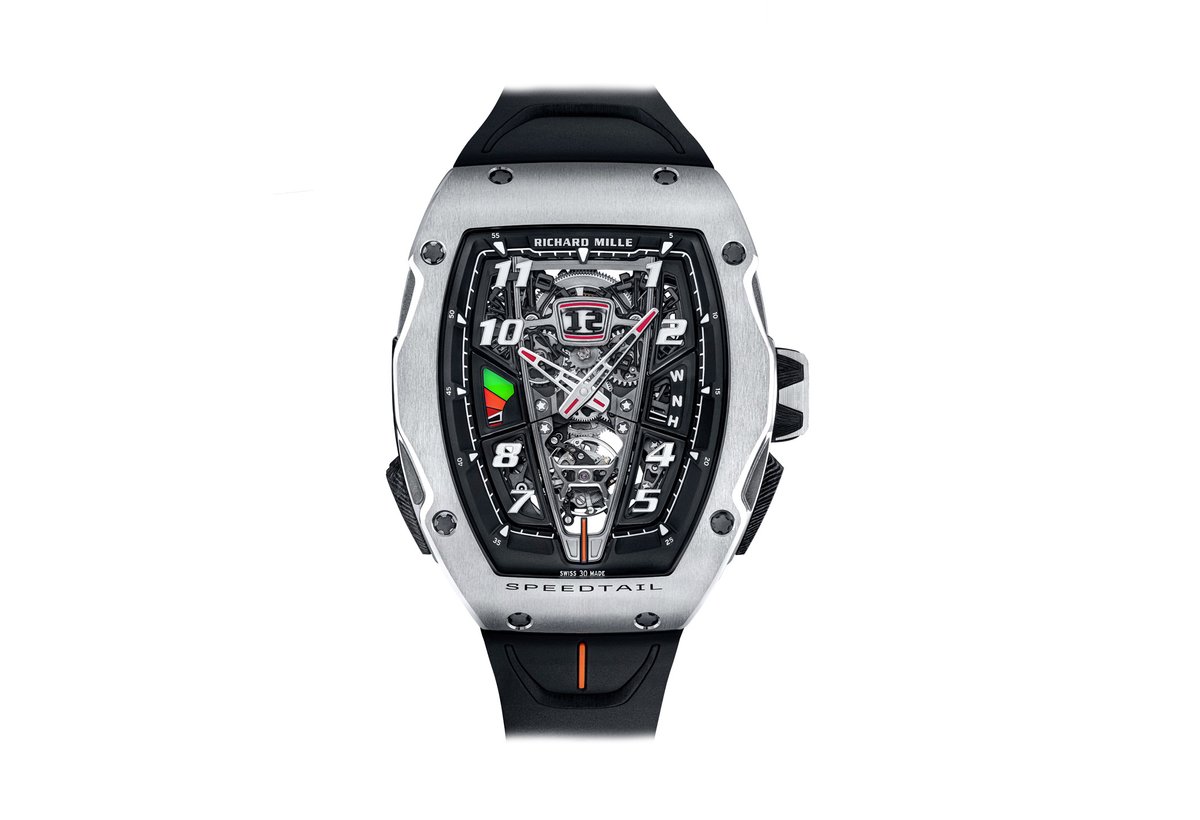
Photo by: Richard Mille
Inspired by McLaren’s beautiful Grand Tourer, the RM 40-01 Automatic Tourbillon McLaren Speedtail was made with the same shape and spirit of the stunning Speedtail. The technology and performance of the hypercar’s powertrain is reflected in the movement of the watch.
This led McLaren’s Automotive Head of Design, Rob Melville, to refer to Richard Mille’s products as “racing machines on the wrist,” which is the brand’s tagline, adding, “There are so many similarities in style how we approach a problem. B. to save weight, reduce vibrations and minimize drag. “
The post How McLaren technology inspired Richard Mille’s watches first appeared on monter-une-startup.



